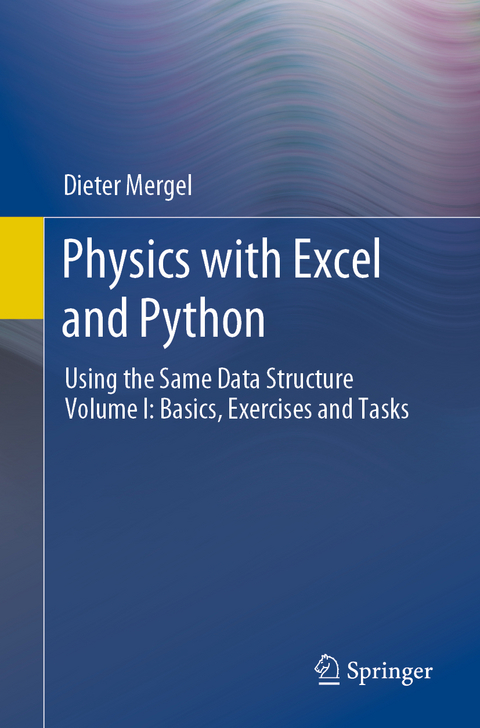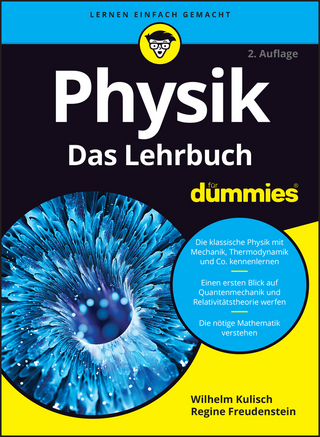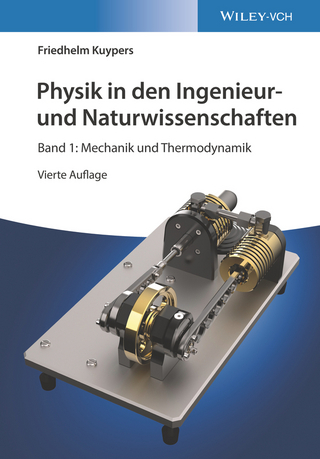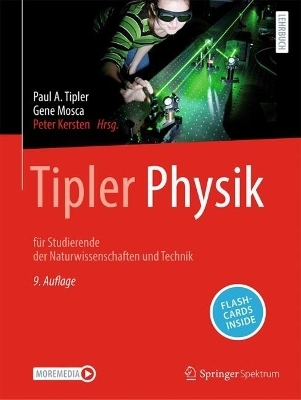
Physics with Excel and Python
Springer International Publishing (Verlag)
978-3-030-82324-5 (ISBN)
lt;p>Dieter Mergel studied physics in Göttingen, obtained his doctorate at the Technical University of Clausthal in the field of solid-state physics and worked 11 years in the Philips Research Laboratories Hamburg / Aachen on automatic speech recognition and optical data storage. Since 1993 he is Professor of Technical Physics at the University of Duisburg-Essen. His professional activities include research in the field of solid-state layers and lectures for students in teaching and medical professions.
1 Introduction: What do you need, what do you learn.- 2 Sets of curves.- 3 Networks of formulas.- 4 Macros.- 5 Basic mathematical techniques.- 6 Superposition of motions.- 7 Random numbers and random number generators.- 8 Evaluation of measurements.- 9 Trend curves.- 10 Integration of Newton's equation of motion.
| Erscheinungsdatum | 17.07.2022 |
|---|---|
| Zusatzinfo | XVII, 482 p. 455 illus., 26 illus. in color. |
| Verlagsort | Cham |
| Sprache | englisch |
| Maße | 155 x 235 mm |
| Gewicht | 748 g |
| Themenwelt | Naturwissenschaften ► Physik / Astronomie ► Allgemeines / Lexika |
| Naturwissenschaften ► Physik / Astronomie ► Theoretische Physik | |
| Schlagworte | excel visual basic mathematical problems • excel visual basic physics problems • Excel Visual Basic programming • excel visual basic programming examples • Introduction to visual basic for physicists • microsoft excel visual basic tutorial • physical calculations with Excel and VBA • using excel macros in physics and mathematics • Visual Basic Applications to Physics Teaching |
| ISBN-10 | 3-030-82324-5 / 3030823245 |
| ISBN-13 | 978-3-030-82324-5 / 9783030823245 |
| Zustand | Neuware |
| Informationen gemäß Produktsicherheitsverordnung (GPSR) | |
| Haben Sie eine Frage zum Produkt? |
aus dem Bereich


